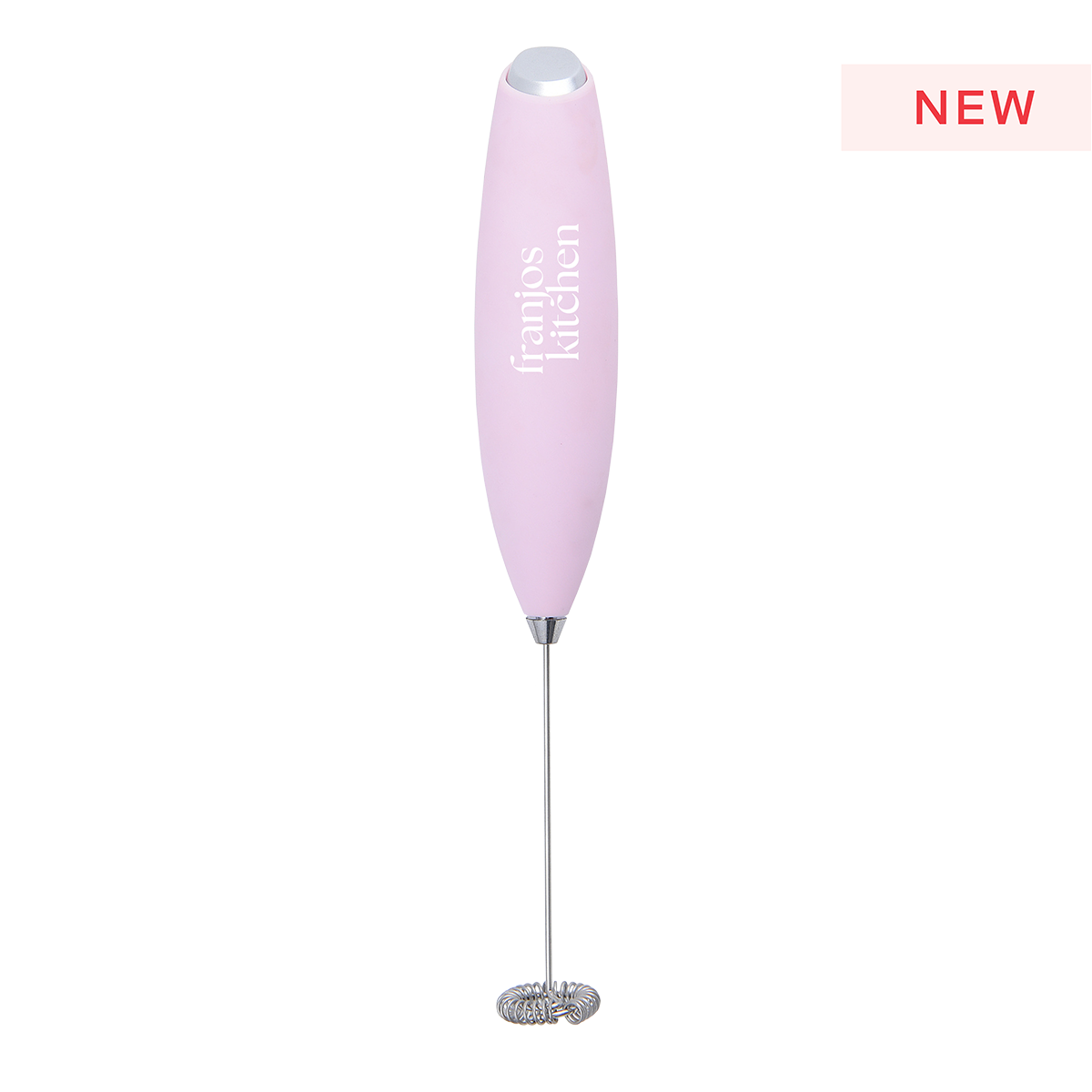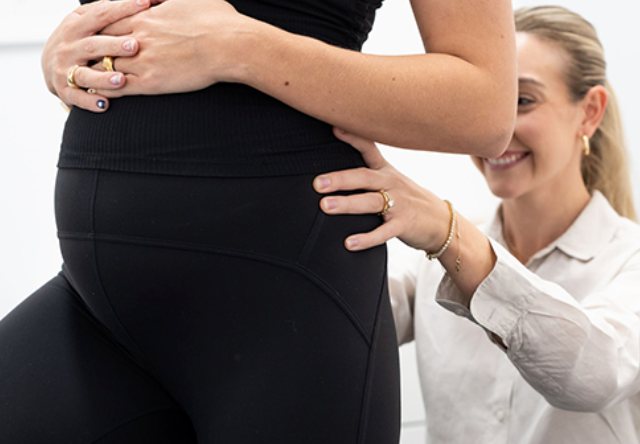Struggling with Pelvic Pain in Pregnancy? Women's Health Physio Shares What Every Mum Needs to Know
Pelvic Girdle Pain (PGP) relates to symptoms (typically pain) in and around the pelvic joints – the sacroiliac (SI) joints and pubic symphysis. Pain may also present or radiate into other areas including the lower back, groin, hips, thighs, and perineum.
PGP is a very common condition in pregnancy, with about 1 in 5 women experiencing the condition.
The exact cause is unknown however the symptoms might occur due to mechanical stress (i.e Postural changes with pregnancy, increasing weight of baby, maternal weight gain, increased movements causing torsional pressure along the pelvic joints) and/or hormonal factors.
Risk Factors for PGP
- Occupations with prolonged standing
- Occupations with hard physical labour
- Previous Injury or Trauma to pelvis/ lower back
- Increased BMI
- Hypermobility Conditions
- Previous Pelvic Girdle Pain
- Multiparity
- Increased Maternal Age

Treatment Options
Physiotherapy – Your physiotherapist will assess the pelvic joints and muscles that connect and help you relax, support and/or strengthen the area to help minimise your symptoms. Early assessment and management is key to keeping symptoms manageable and avoiding ongoing aggravation.
Home Exercises – Depending on when PGP occurs in pregnancy the home exercise program might include both strength and mobility exercises to manage the symptoms. By completing regular mobility exercises at home and self massage techniques the symptoms of PGP can be well controlled in conjunction with ongoing physiotherapy.
Heat – Muscles around your hips, lower back and pelvis can get ‘tight’ due to the pain and the changes in the muscles themselves. Heat will help relax the muscles and aid in symptom reduction.
Ice – For pubic symphysis pain, ice can help manage the inflammation in the area which will help minimise ongoing swelling and pain.
Support Devices – Belts, Belly Bands and compressive shorts can help provide support to the joints of the pelvis. This external support can help to decrease the effect aggravating activities have and improve time spent doing day-to-day activities.
Mobility Aids – Some women require mobility aids like crutches when the symptoms are extremely severe.
Rest – Depending on the severity of symptoms and level of mobility, women might be encouraged to spend periods of time on bed rest to aid in pain reduction.
Common Aggravators
- Prolonged periods on feet
- Fast Walking
- Single Leg Activities
- (like getting dressed)
- Rolling in bed
- Stairs
- Standing up from sitting
- Getting out of a car
- High impact exercises
Ways to Help
- Taking breaks or change posture every 15-30 mins
- Slow pace and take small steps
- Sit down to dress, reduce time spent in single leg positions
- Keep knees pinned together and roll
- Roll Under- Place hands down on bed and take weight through arms, then swing knees under the body
- Climb stairs one at a time
- Keep feet together, use upper body momentum to stand
- Pretend you are wearing a pencil skirt and swivel out of the car
- Swap for low impact like swimming, yoga or pilates
Frequently Asked Questions
Can I give birth vaginally with pelvic girdle pain?
Yes – PGP should not impact your ability to give birth vaginally. However, you may find that even-weight bearing positions are more comfortable to deliver in (e.g. 4-point kneeling, squatting).
Will it go away after I give birth?
Majority of pregnancy-PGP cases will resolve following delivery (99% of cases at 12 weeks postpartum). If your pain does not resolve, it is very beneficial to speak to a Pelvic Physiotherapist to assess the cause for continued pain.
Will my PGP return in my next pregnancy?
Not every person with PGP during pregnancy will have pelvic pain again in future pregnancies. However, recurrence is very common. Approximately 7 out of 10 people with pregnancy-PGP have it again in future pregnancies. However, it is possible to reduce your likelihood of developing PGP by strengthening the muscles supporting the hips, pelvis and lower back.
Blog written by The Female Physio co, evidence-based women's health physios.



